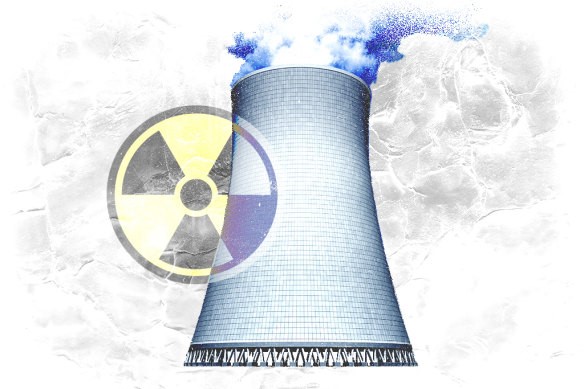Description

Disclaimer: Copyright infringement not intended.
Context
- A meeting was held for the launch of the report titled “Synchronizing energy transitions towards possible Net-Zero for India: Affordable and clean energy for All” prepared by IIM Ahmedabad.
Details
- The report attempts to answer key questions related to India’s energy trajectory such as:
- Enhance India's Human Development Index (HDI) through energy transitions.
- Evaluate energy mix projections for net-zero by 2070.
- Analyze electricity cost and carbon emissions trajectories.
- Assess required investments and funding mechanisms.
- Address challenges like RE integration, critical minerals, and CCUS.
- Exploit opportunities in RE technologies and alternative fuels.
Key Highlights of the Report
- There is no silver bullet to achieve net-zero. The transition needs multiple pathways to be adopted with co-existence of myriad technologies in our energy basket.
- Coal is projected to continue until the next two decades as the backbone of the Indian energy system.
- Net-zero is not possible without substantial nuclear power and Renewable Energy (RE) generation by 2070.
- To achieve net-zero energy systems by 2070, the electricity sector will need to decarbonize well before that.
- India’s emissions would range between 0.56 btCO2 and 1.0 btCO2 in 2070. It is expected that the remaining gap in emissions will be offset through sequestration in forestry and tree cover as envisaged in our Nationally Determined Contributions (NDCs).
- Additionally, the coal phase-down will require active policies on critical minerals and carbon dioxide removal technologies.
- Clean, affordable electricity at low levelized cost of electricity (for consumers) can be achieved in net-zero pathways, especially with a focus on nuclear power and renewable power.
- Widespread electrification of end-use sectors i.e upto 47-52% electricity share in Total Final Electricity Consumption (TFEC) compared to 18% at present.
- Financial requirements during 2020-2070 would be to the tune of Rs 150-200 lakh Crore (about US$ 2-2.5 trillion, or US$ 40-50 billion/year). Considerable financial flows must be international.

Current Status of Nuclear Energy:
- Nuclear energy currently contributes only 1.6% to India's energy mix.
- Significant increase in investment and infrastructure expansion in nuclear energy sector is essential.
Study Findings and Scenarios:
- The study explores various scenarios including high, medium, and low economic growth, with different thrusts on nuclear energy, fossil fuels, carbon capture, and renewable energy.
- Mathematical models were used to estimate energy source proportions required by 2030 and 2050 to achieve net-zero emissions by 2070.
Best-Case Scenario:
- The best-case scenario involves reducing emissions to 0.55 billion tonnes of carbon dioxide by 2070 (net-zero).
- Nuclear power is projected to increase five-fold to 30 GW by 2030 and 265 GW by 2050, contributing 4% and 30% of India's total energy respectively.
Challenges and Requirements:
- Doubling of investments and availability of uranium are crucial for achieving idealistic figures for nuclear energy.
- Coal is expected to remain the backbone of the Indian energy system, necessitating infrastructure development for alternative sources like nuclear power.
- Flexible grid infrastructure and storage are needed to support the integration of renewable energy.
Financial Implications:
- India would require close to ₹150-200 lakh crore between 2020-2070 to finance energy transitions, including investments in nuclear power and renewable energy.
|
PRACTICE QUESTION
Q. Assess the significance of nuclear power in India's energy strategy. Discuss its potential contributions to economic development, environmental sustainability, and energy self-sufficiency. Evaluate the challenges and opportunities inherent in leveraging nuclear energy for India's future energy needs.
|













